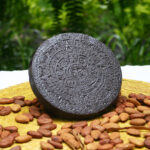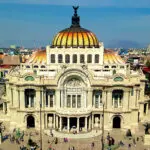Día de los Muertos, known in English as the Day of the Dead, is a vibrant tradition celebrating the lives of loved ones who have passed on. This cultural event, deeply rooted in Mexican history and celebrated from the stroke of midnight on October 31st through November 2nd, unfolds through lively festivities, graveyard visits, and a feast of traditional foods and beverages emblematic of this occasion.
At the heart of the celebration are the beautifully adorned altars, or ofrendas, where families gather cherished photographs, mementos, flickering candles, bright marigolds, and a spread of Día de los Muertos delicacies. The food and drinks are more than mere sustenance; they symbolize the delicate bridge between the realms of the living and the deceased, fostering a sense of community and reconnecting individuals with their ancestral roots.
In contrast to the eerie aura of Halloween, Día de los Muertos is a spectacle of joy, color, and flavor, showcasing a profound appreciation for the cyclical nature of existence. As the soulful tunes of traditional music fill the air, the exquisite tastes and aromas of the Day of the Dead cuisine invite the living and the honored dead into a shared space of remembrance and celebration.
Embark with us on a gastronomic journey in the ensuing blog as we explore the sensory wonders of Día de los Muertos. Through a culinary lens, we’ll delve into the traditions, melodic music, and vibrant food scene that make this event so unforgettable.
If you’d like to be part of the festivities for yourself, consider booking a place on our upcoming experience, Soulful Traditions: A Culinary Celebration of Dia de los Muertos.
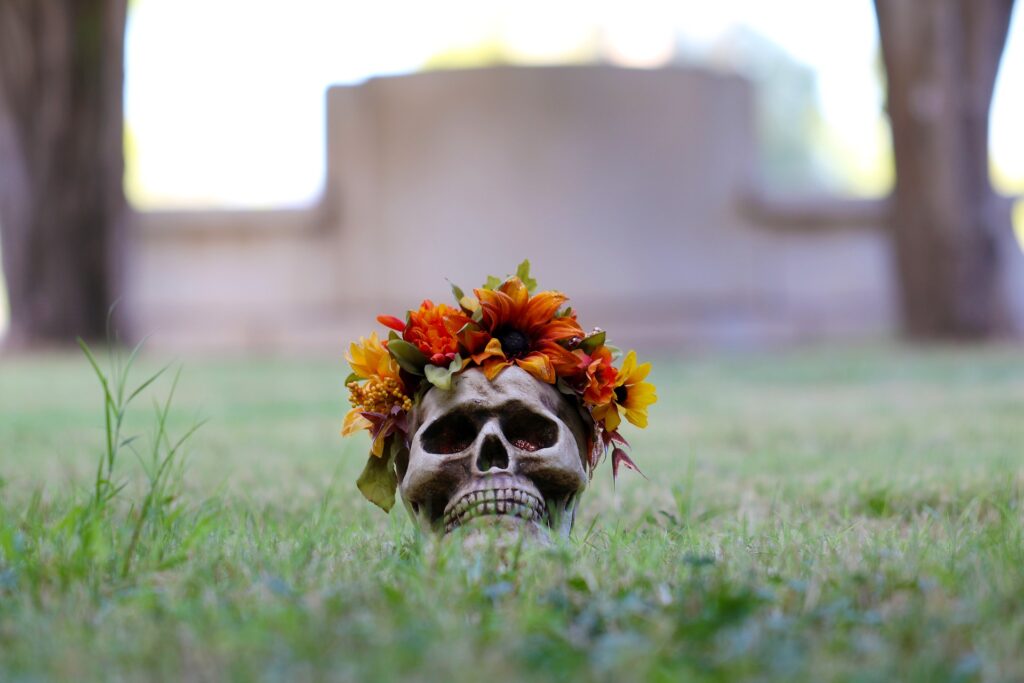
Savoring the Spirit of Dia de los Muertos
Dia de los Muertos is a gastronomic journey that rewards the senses while paying homage to the departed. Each dish, rooted in tradition, tells a story of the eternal bond between the living and the departed. Here are some quintessential Dia de los Muertos foods:
Mole Negro
A rich, dark, and spicy sauce, Mole Negro is a complex blend of chilies, chocolate, and spices, often served over turkey or chicken, embodying the fusion of pre-Hispanic and Spanish culinary traditions.
Tamales
These steamed corn dough parcels, filled with meats, cheeses, or chilies, are a communal meal, bringing families together to prepare, cook, and savor.
Red Pozole
A hearty, hominy-based stew infused with a blend of spices and traditionally topped with fresh radishes, lettuce, oregano, and chili flakes, offering a warm embrace to the soul.
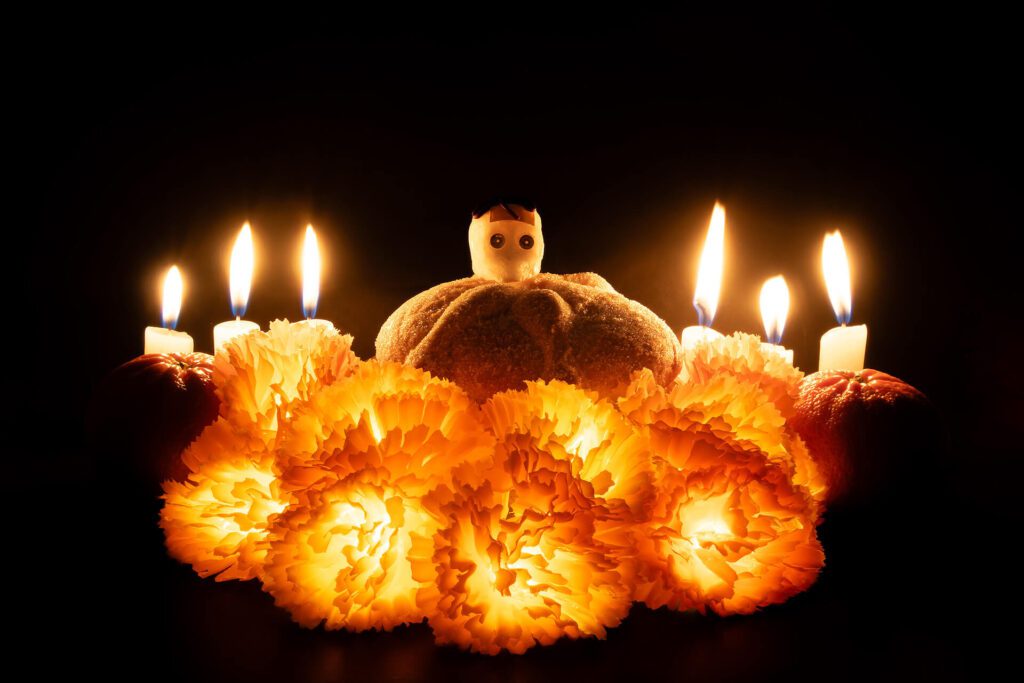
Pan de Muerto
This “Bread of the Dead” is a sweet, soft bread, traditionally baked in a round shape, to symbolize the cycle of life and death. Its top is adorned with dough shaped like bones, paying tribute to the departed.
Sopa Azteca
This tortilla soup, rich with tomatoes, chilies, and avocados, is a humble nod to the ancient Aztec civilization.
Chapulines
These toasted grasshoppers are a tribute to the indigenous culinary practices, offering a crunchy, salty snack that’s both traditional and sustainable.
Calabaza en Tacha
Candied pumpkins cooked with piloncillo (raw cane sugar) and cinnamon symbolize the harvest and the sweetness of memories shared with loved ones.
Caramel Flan
A silky, sweet finale to the feast, embodying the blend of cultural influences in Mexican gastronomy.
Where to Get the Best Pan de Muerto in Mexico City
Pan de Muerto isn’t any old sweet bread. It symbolizes the enduring connections between the living and the departed. Finding the perfect Pan de Muerto is akin to discovering a cultural treasure. Here are a few places in Mexico City renowned for their exceptional Pan de Muerto:
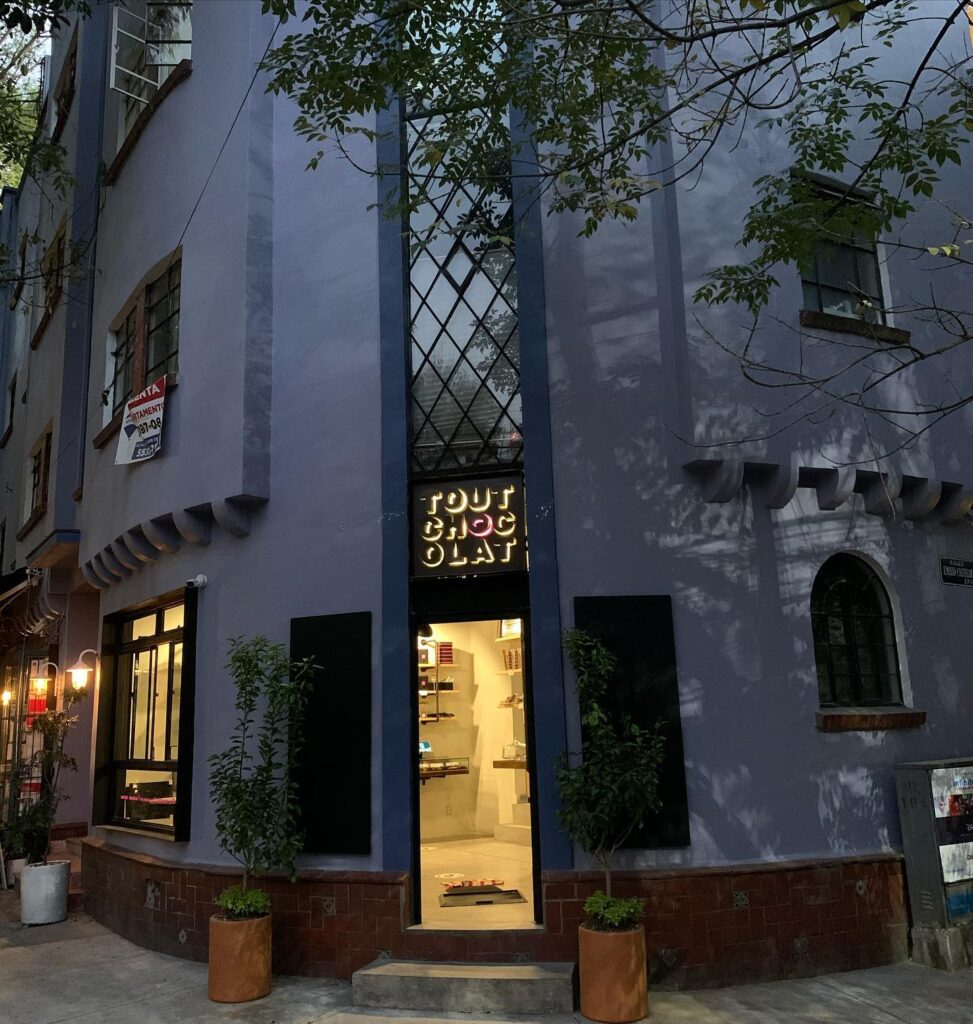
Tout Chocolat
Tout Chocolat, established in 2006 in Plaza Loreto, south of Mexico City, has been passionately honing the craft of chocolate making with a clear mission of creativity, independence, and daily joy in their work, all aimed at delivering exemplary chocolate products to their clientele. They aspire to be recognized among the world’s finest chocolate shops, offering high-quality chocolate and a hub of knowledge, inspiration, and innovation in the field. Additionally, they are committed to social responsibility and fostering an environmentally friendly approach in their operations. In the autumn, they make a winning Pan de Muerto.
(If you want to explore the wonderful world of Mexican chocolate with expert local guides, book a place on our Friends and Chocolate Tour in Mexico City.)
Panadería Rosetta
Panadería Rosetta is a quaint little gem. An extension of the renowned Italian restaurant Rosetta, it offers exquisite pastries and snacks perfect for a stroll around Roma Norte. The Panadería, now boasting two locations, serves impeccable croissants, cinnamon rolls, and ricotta rolls. And, of course, they make some exceptional Pan de Muerto in the run-up to Dia de Los Muertos.
Maque Café
This charming Parisian-inspired café, nestled in a secluded corner of Condesa, elegantly marries Mexican and French culinary traditions, serving delightful pastries, coffees, and Mexican egg breakfasts. With bakers donned in old-school aprons, the café, which also has a branch in Polanco, adds a touch of nostalgia to the exquisite baking it offers.
Venturing into these bakeries, you’ll find the finest Pan de Muerto and experience the warm, welcoming festival feel of Dia de los Muertos, which captures the holiday’s spirit of remembrance and celebration.
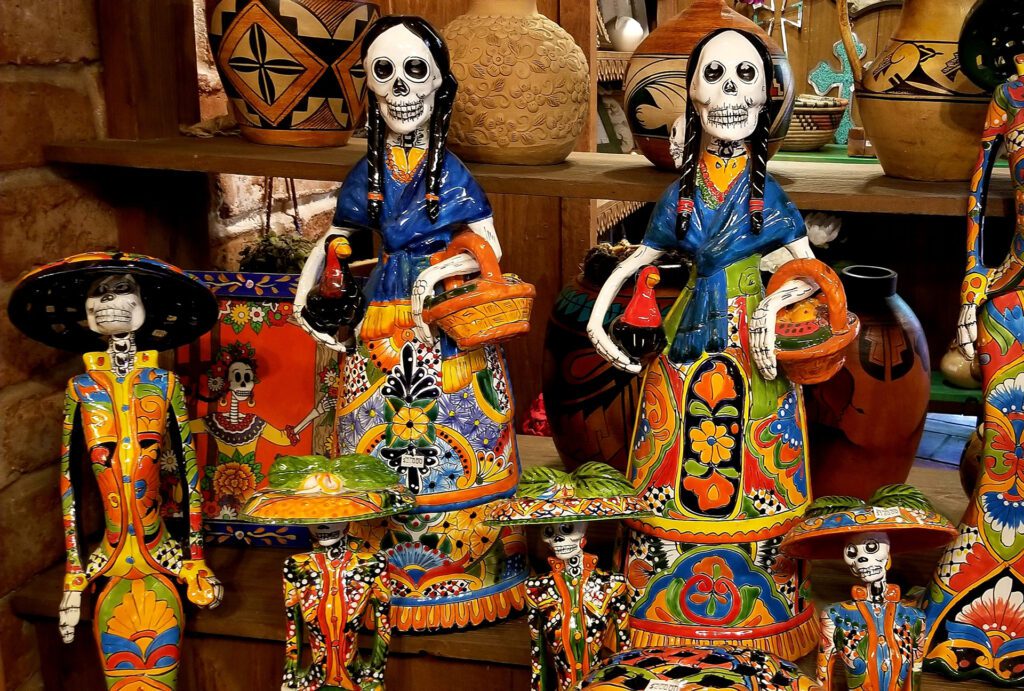
The Colors of Dia de los Muertos
Dia de los Muertos is a visual feast as much as it is a culinary one. The juxtaposition of vivid marigolds, ornate sugar skulls, and decorated altars against the quiet backdrop of cemeteries creates a surreal ambiance quite unlike anything else.
- Sugar Skulls: The intricately decorated sugar skulls are a hallmark of this celebration. Each color and design element symbolizes something unique – white for purity, red for life, and black for death. They are aesthetically charming and embody the spirit of remembrance and the dualism of life and death.
- Altar Decorations: The ofrendas are adorned with bright marigolds, papel picado (perforated paper), and candles, creating a pathway for the spirits to follow back to the realm of the living. The warm glow of candles amidst the cool night accentuates the ethereal beauty of the celebration.
- Traditional Attire: Many participants don traditional attire, their garments bursting with colors and patterns reflecting Mexico’s rich cultural heritage. The sight of joyous faces painted as calaveras (skulls) amidst a kaleidoscope of colors evokes a profound sense of communal belonging and celebratory reverence.
Music and Stories
Music and storytelling are the soul of Dia de los Muertos, adding a profound layer to the sensory experience.
Mariachi and Folk Music
Mariachi’s resonant chords and folk music’s rustic tunes transcend the earthly plane, offering a melodious tribute to the departed. The music stirs listeners’ hearts, transporting them through time and memory.
Anecdotes and Folktales
Sharing heartwarming anecdotes and age-old folktales amidst the feast keeps the memories of loved ones alive. Each tale is a part of familial and communal legacy, providing a narrative that transcends generations.
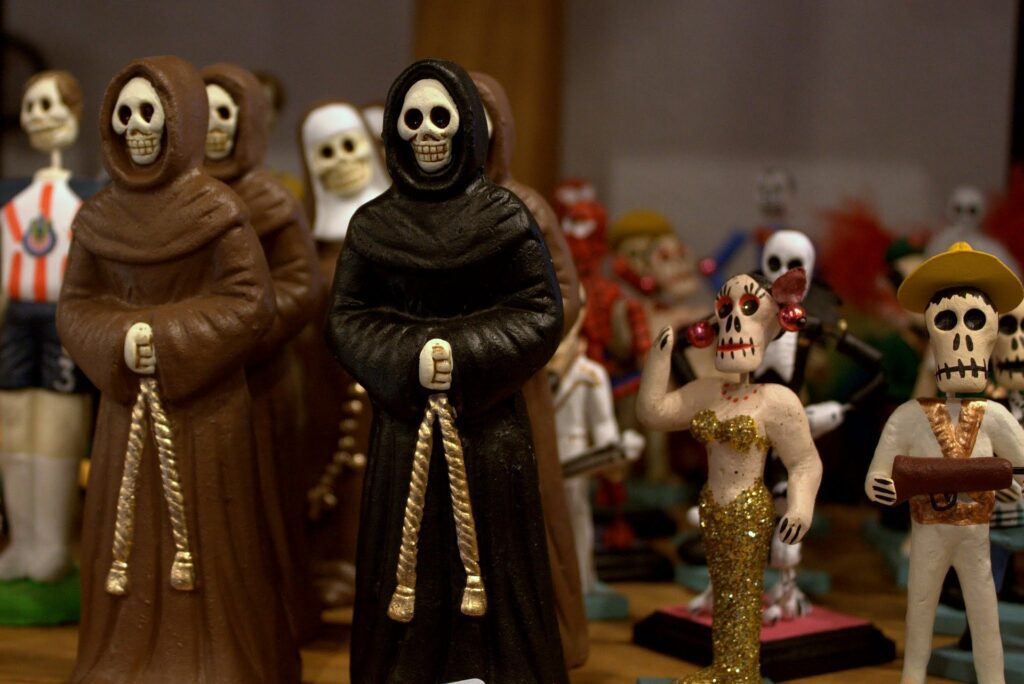
The Sabores Mexico Food Tours Experience
Embark on an unforgettable culinary expedition with Sabores Mexico Food Tours as we delve into the heart of Dia de los Muertos. Our tour is meticulously curated to offer an enriching experience. You’ll learn about the importance of Dia de Los Muertos in Mexican culture, explore the unique history of Mexico City, and, of course, enjoy the delicious foods associated with this most Mexican of holidays.
Visit our Dia de Los Muertos Tour to learn more.
More than a Celebration…
Dia de los Muertos is a tradition embodying Mexican life’s heart and soul and food’s central role in our culture. Through the tastes, sights, and sounds, we honor the continuum of life, cherishing the memories of our loved ones who have embarked on their eternal journey.
With Sabores Mexico Food Tours, the essence of Dia de los Muertos is brought to life in a culinary journey that bridges the earthly and the ethereal, providing a unique opportunity to delve into the ancient traditions, the communal spirit, and the exquisite cuisine that marks this revered occasion.
We invite you to join us in this informative, soul-enriching journey, embrace the spirit of Dia de los Muertos, and savor the culinary treasures that represent the cyclical nature of existence itself.
To book your tour, explore our Dia de Los Muertos Tour page or contact us. Your journey through the flavors and folklore of Dia de los Muertos awaits…


